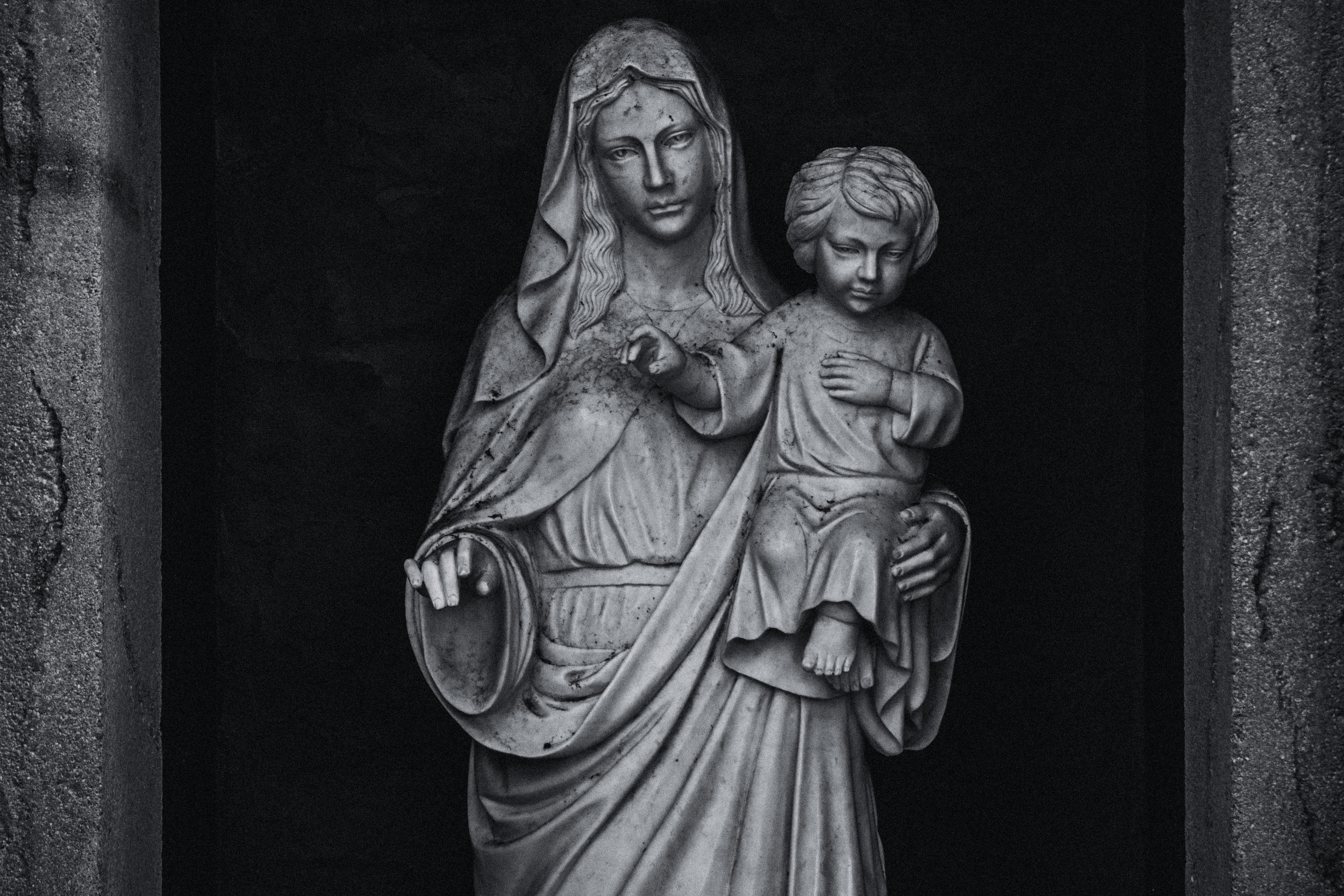Cricket is played on a racetrack oval type field. In the center is a long, flat area 22 yards long (of imperial measurement called ‘a string’) known as the pitch. The width of the court is 6 feet 8 inches. At each end of the pitch are ‘stumps’ – three wooden posts in a row, centered perpendicular to the pitch. They reach 27 inches in height and are topped by two eight-inch-long pieces of wood, which join the spaces between the stumps (chips). Collectively, this setup is called a wicket. The posts shall be thick enough so that a cricket ball cannot pass between them. Four feet in front of the wickets are lines (called creases) by which the batsman (striker) and bowler (bowler) abide.
The bat is no longer than 38″ and no more than 4 1/4″ wide (unlike baseball bats, cricket bats are flat and oblong, like a board with the grip cut off on an extreme). The ball is leather covered cork 9″ in circumference and weighs 5 ounces. The only player with a glove is the catcher (wicket keeper), and the striker has a very thick shin guard. This is because unlike baseball , the bowler is actually trying to hit the stumps, and the bowler is (of course) trying to prevent this from happening The bowler must stand behind the line at his end of the pitch, and the bowler must keep his rear foot behind the line on the other side.
The bowler starts running from behind the pitch and bowls the ball (overhand bowling style) towards the wicket; the forward hits him and he runs like mad to the other crease. At the same time, a second player (not a striker), who is at the other wicket, also runs to the end the striker was at. They must cross the crease for their run to count. They can choose to run back and forth as many times as they like, each completed run is a run, but if the ball hits the wicket before it passes the crease they are out. Additional runs (called caps) can be earned for what the ball does after being hit. If the ball touches the ground, then crosses the boundary marking the edge of the pitch, the striker scores an additional four runs. If the ball goes out without touching the ground, you get six runs.
A ‘lost ball’ will receive a minimum of six runs. If the striker and non-striker have run more than six before the ball is declared lost, they get the higher number. One run is given for each: a ‘no ball’, when the bowler crosses the crease with his back foot, or bowls incorrectly; a ‘wide’, when the ball travels outside the line of the pitch before reaching the striker; a ‘free leg’ when the ball hits the striker but misses the bat, and he runs; or a ‘bye’ when the ball does not hit anything and the striker runs successfully. [Note: if the striker runs- especially in the case of a wide ball, and gets more than 1 run, he is given the higher number.] Moving on to the ‘outs’: the first is a strike-out (plus), consisting of 6 strikes in a row.
After an over, the players reverse the wickets. Other outs include the bowler hitting the wicket, either directly (bowling) or as a striker deflection; striker hitting the wicket (hitting the wicket); a fielder catching the ball on the fly (catch out); ‘run out’, the ball strikes the wicket before the runner reaches the crease; ‘stumped’, if the striker steps in front of the box to strike the ball, he misses, and the wicketkeeper takes the ball and hits the stumps before the striker re-enters the box line; the next striker must be on the field of play within 2 minutes of the previous out or it will be ‘time out’; and ‘leg before wicket’ (or LBW), which is basically a striker intentionally blocking the ball from the wicket using his body. This is a trial and causes quite a few arguments. Any of the runners interferes with the reception of the ball; or the striker hitting the ball twice; or if the runners cross they will also be considered outs.
The striker can also ‘retire’, he has played so long that he wants to leave the game. (This sounds strange until you realize that the same player keeps playing until he is eliminated.) Each of these differences in runs and putouts is kept as an individual statistic (much like HRs, hits, and RBIs in baseball). An inning ends when 10 players on the team have gone out. Then the other side has their turn. At the end of the game, which can be determined by the number of innings, overs, or runs (whichever has been decided before the start of the game), whoever has the highest score wins.
